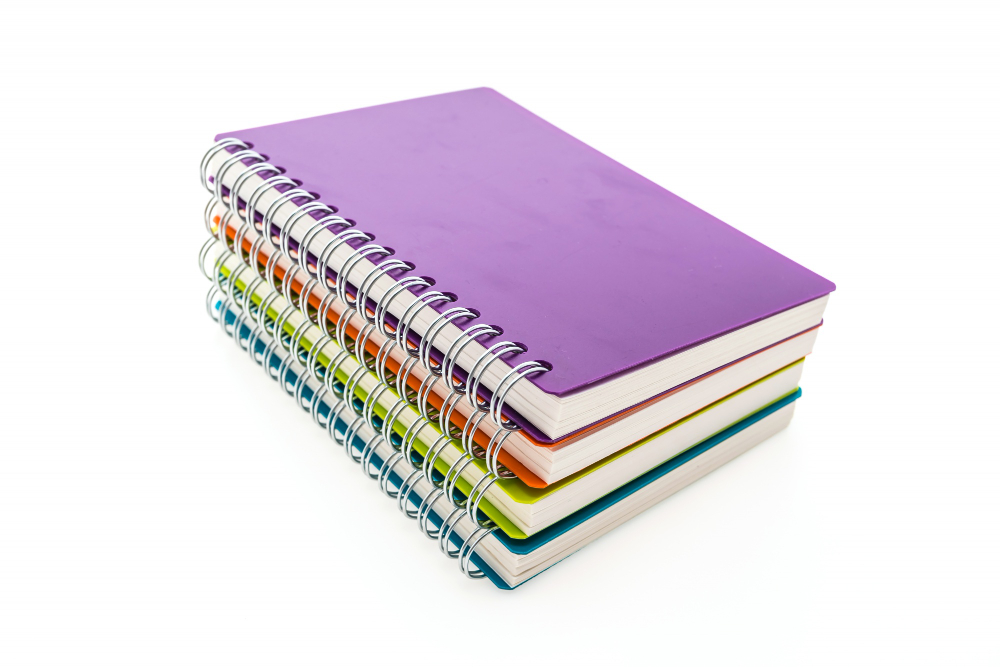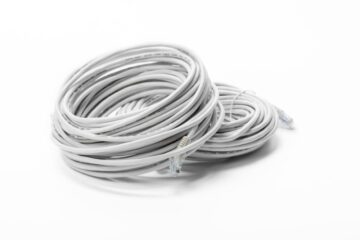This technique enhances the visual appeal and offers practical benefits that cater to the demands of modern readers and creators. With their sleek edges and professional look, perfect-bound books are just what many authors and publishers crave for a refined final product. We can appreciate their unique place in the industry by exploring the art and dedication behind these books and understanding why they’re favored across various genres.
Discovering the true essence of perfect bound books reveals a rich history intertwined with modern publishing needs. The process involves more than just gluing pages together; it is about creating a harmonious blend of materials and techniques to produce a durable and aesthetically pleasing product. Here, we’ll delve into the fascinating processes that elevate perfect binding and compare this technique to other bookbinding methods in the industry. Our journey provides insights into the meticulous craftsmanship required and includes an exploration of sustainability in bookbinding, a growing concern for eco-conscious creators and readers alike.
Introduction to Perfect Bound Books
Perfect-bound books are distinguished by their method of adhering pages together along a spine. In the vibrant world of book publishing, perfect bound printing stands as a testament to innovation and craftsmanship. Unlike traditional stitched or stapled books, perfect binding utilizes a strong, flexible adhesive to attach both pages and covers into a seamless unit. The result is easily opened books, showcasing clean margins and allowing for a smooth reading experience. These books often feature in cookbooks, art books, and many self-publishing ventures, where their professional look is well-suited to crisp presentations and compelling storytelling.
Historical Context: The Evolution of Bookbinding
The journey of bookbinding is a fascinating tale of evolution. From ancient papyrus rolls found in Egypt to the labor-intensive hand-stitched manuscripts of the Middle Ages, bookbinding has evolved through millennia, ultimately transforming into an industry equipped with innovative tools and techniques. Today’s perfect-bound books embrace this profound heritage by maintaining robust traditions while integrating advanced methods that optimize durability and aesthetics. This practice underscores humanity’s enduring commitment to preserving written works as appealingly and effectively as possible.
Advantages of Perfect Binding in Modern Publishing
Perfect binding shines in the publishing industry for numerous reasons. Its ability to create a neat, finished product makes it ideal for publications that need to impress at first glance, such as company reports and glossy magazines. Additionally, the spine allows branding, title placement, or additional design, helping books stand out on crowded shelves. This binding method is particularly valuable for medium to large print runs, where economies of scale can be maximized. Alongside cost efficiency, the presentability and ease of packaging perfect bound books offer significant logistical advantages, streamlining distribution efforts for publishers around the globe.
Materials and Tools Used in Perfect Binding
Creating a perfect bound book involves various materials and tools that ensure quality and longevity. High-quality adhesives form the backbone of this process, offering a strong yet flexible bond that withstands repeated handling. Premium paper stocks chosen for their texture and weight complement this, enhancing tactile and visual appeal. Precision cutting tools ensure trim accuracy, maintaining clean, sharp edges throughout the book. These components combine to produce a robust product capable of withstanding the rigors of frequent use, ensuring optimal customer satisfaction in both consumer and professional markets.
Processes Involved in Crafting Perfect Bound Books
Crafting perfect bound books is an intricate process requiring meticulous attention to detail at each stage. First, pages are printed and arranged in sequence. Next, the spine is trimmed to ensure a uniform edge before applying adhesive. The cover, which often includes a laminated finish for enhanced durability and sheen, is then affixed to the glued edge, forming the spine. This method *demands* precision and accuracy to ensure a clean, flat surface and minimal page loss. During this procedure, both mechanical and manual interventions may occur to guarantee a pristine finish that meets specific design and quality standards.
Comparing Bookbinding Techniques: Perfect Binding vs. Others
The landscape of bookbinding is vast, with perfect binding, spiral binding, and saddle stitching among its most popular techniques. Each offers distinct advantages. For example, spiral binding is prized for creating lay-flat books, while saddle stitching is economical for shorter publications, usually with fewer than 48 pages. Nonetheless, perfect binding distinguishes itself with its polished edge, enhancing the professional appeal suitable for medium to larger-scale publications. Its versatility and adaptability make it the preferred choice for authors and publishers seeking a reliable and stylish binding solution suitable for various genres and market demands.
Real-Life Applications of Perfect Bound Books
The real-world applications of perfect bound books are diverse and impactful. They are popular for graphic novels, literary collections, and reference materials. Their versatility enables them to accommodate various page counts and paper types, bridging the gap between creative aesthetics and functional design. Additionally, many educational institutions and businesses favor perfect bound manuals and handbooks for their professional presentation and ability to include higher page counts than typically feasible with spiral or saddle-stitch methods. The adaptability and practical benefits of perfect binding make it a timeless favorite across different industries and creative fields.
Sustainability in Bookbinding: A Future Perspective
The bookbinding industry is gradually pivoting toward more sustainable practices in an era of growing environmental consciousness. This transition means opting for eco-friendly materials such as recycled papers and innovative adhesives with minimal ecological impact. Furthermore, production process alterations minimize waste, lower the carbon footprint, and enhance reusability. As readers, creators, and publishers become increasingly aware of their environmental responsibilities, sustainability will likely become as crucial as aesthetics and quality, paving the way for a greener future in bookbinding. Consequently, continued innovation will be the key to balancing these priorities harmoniously.




